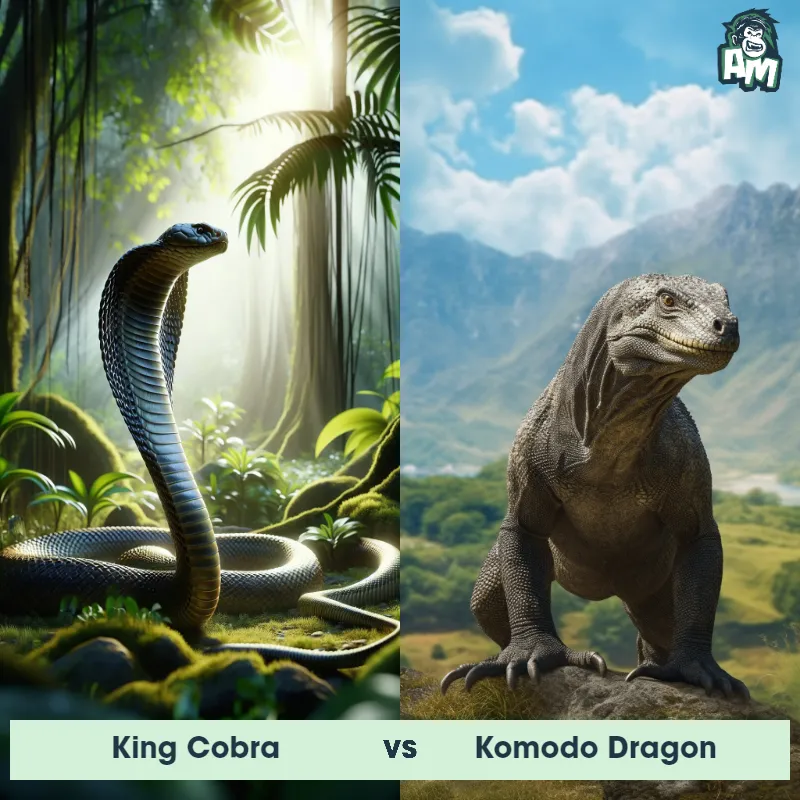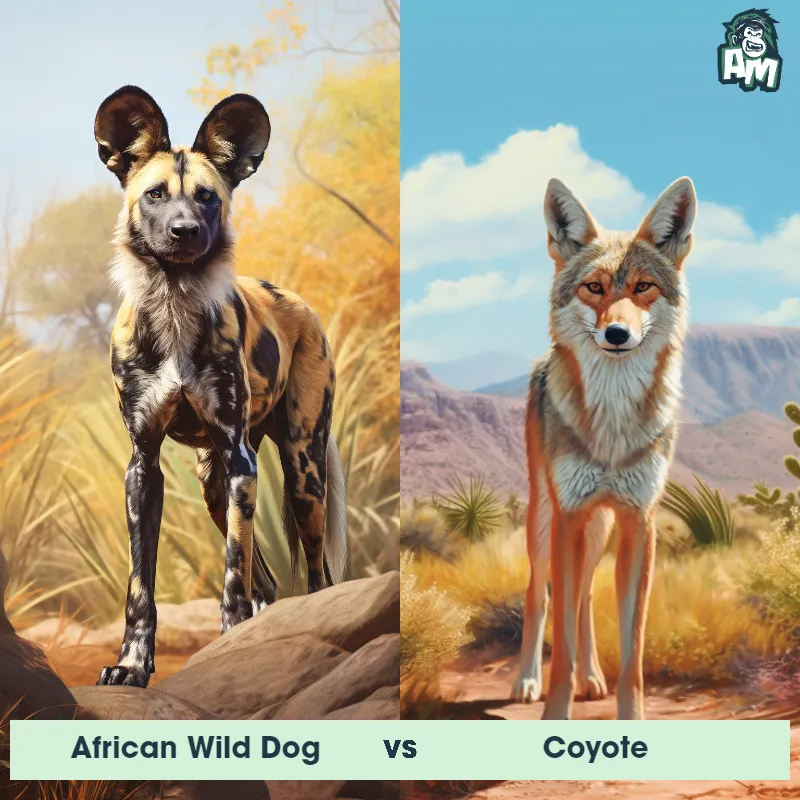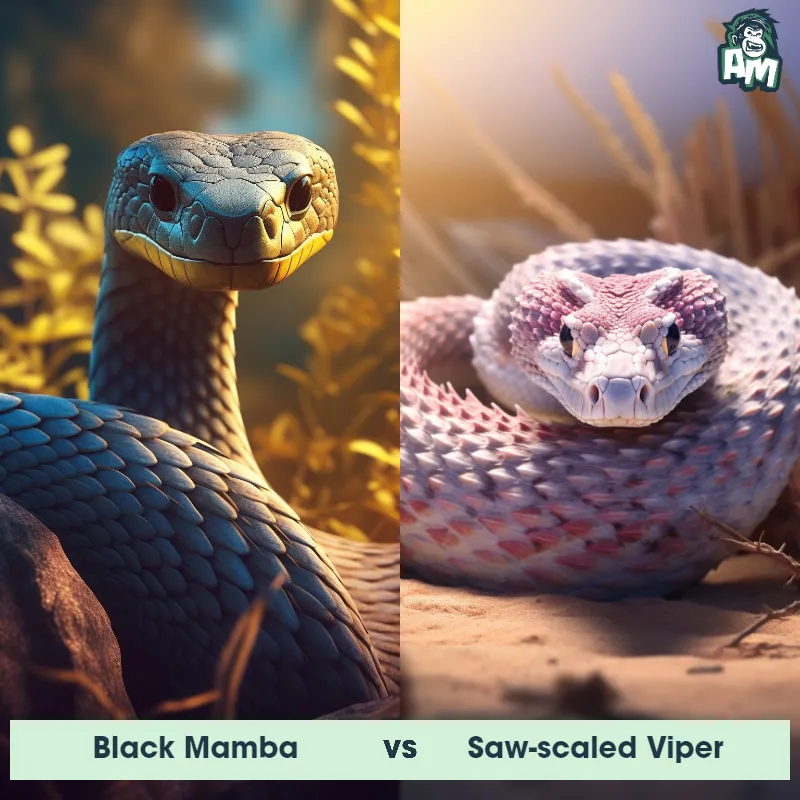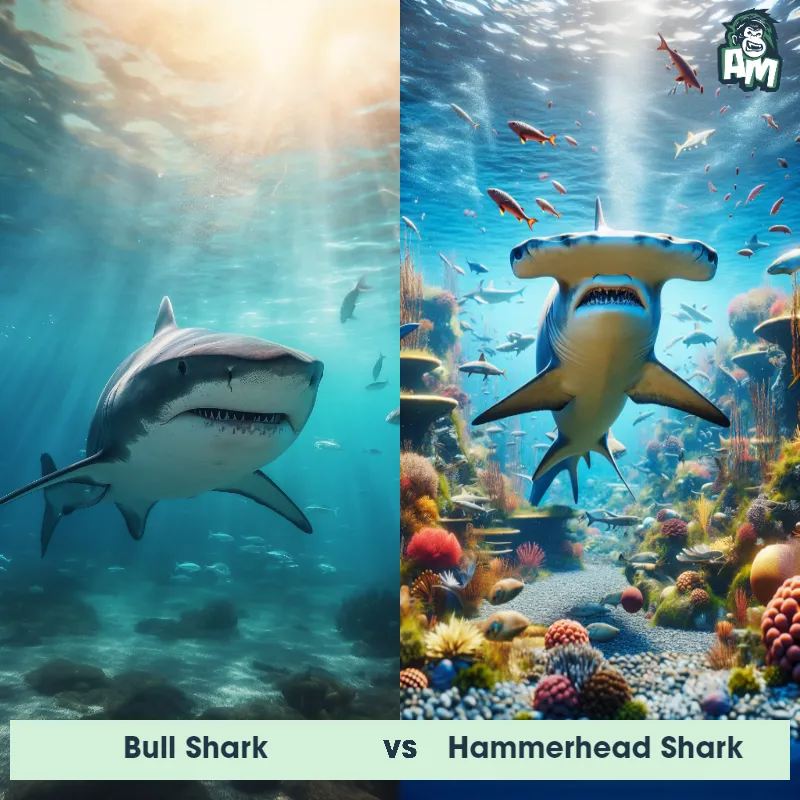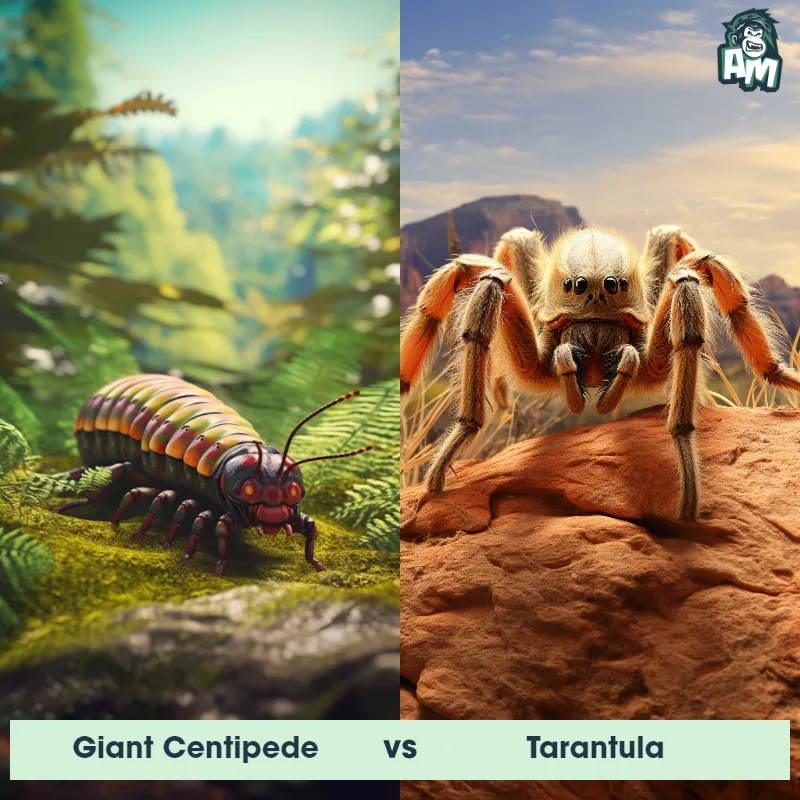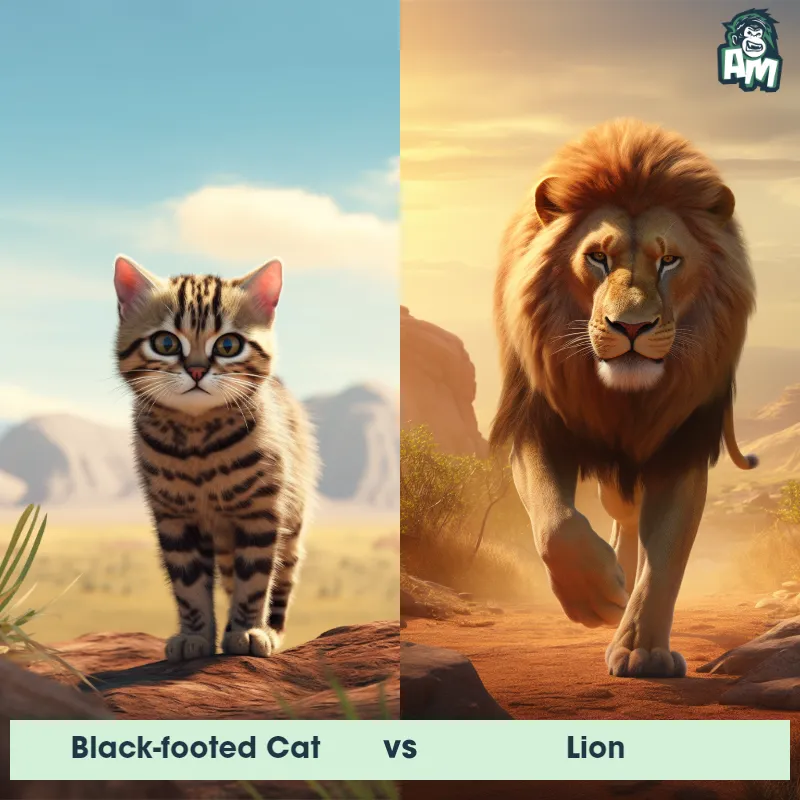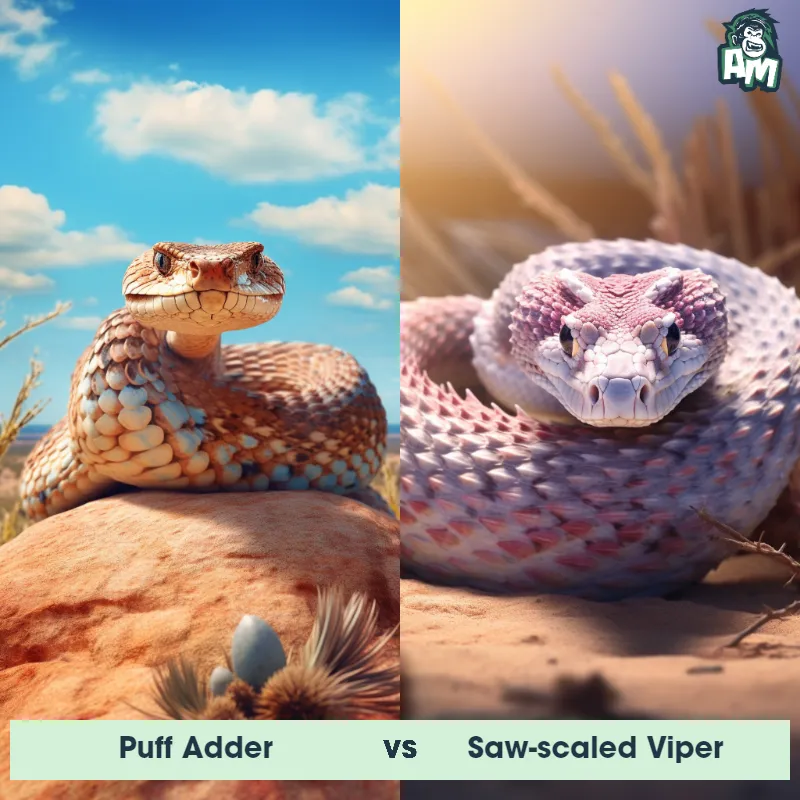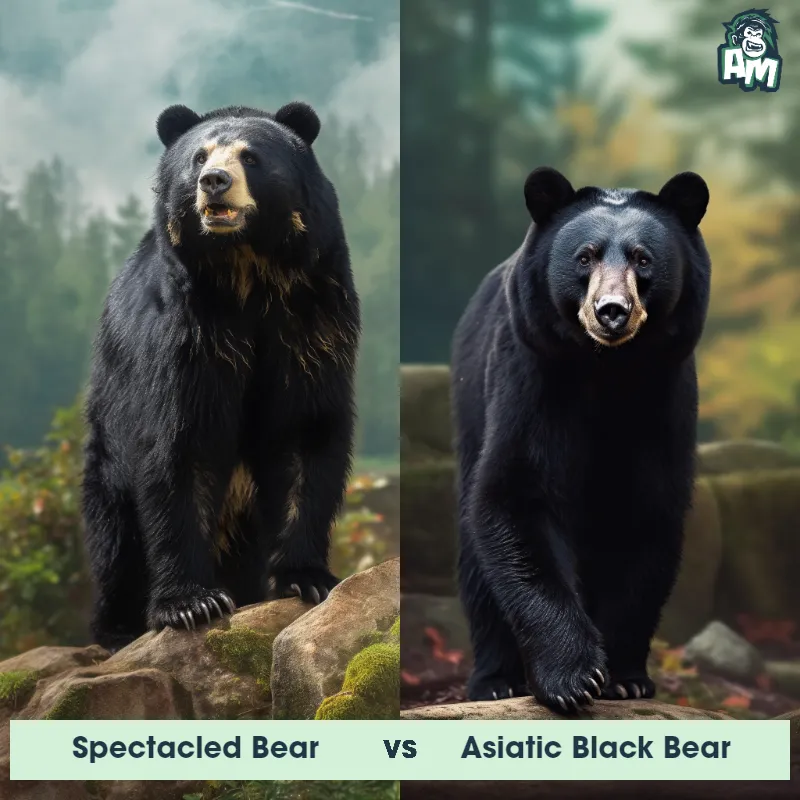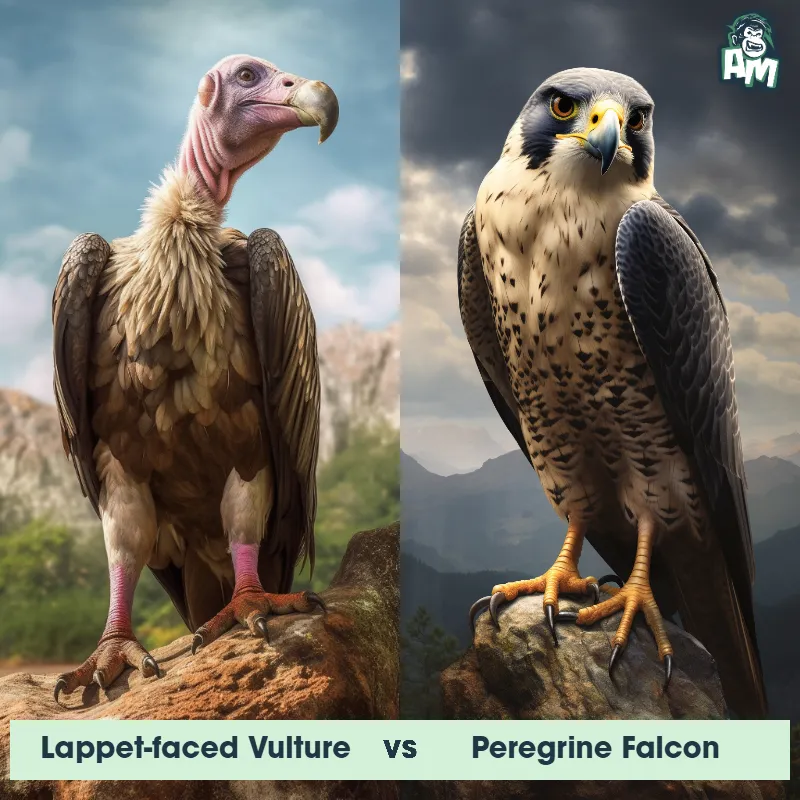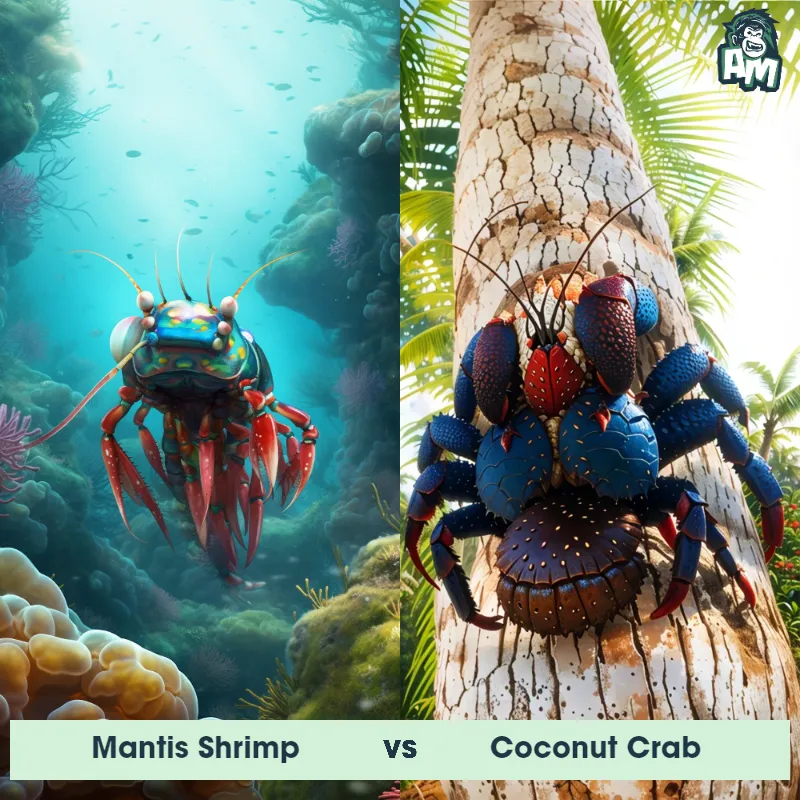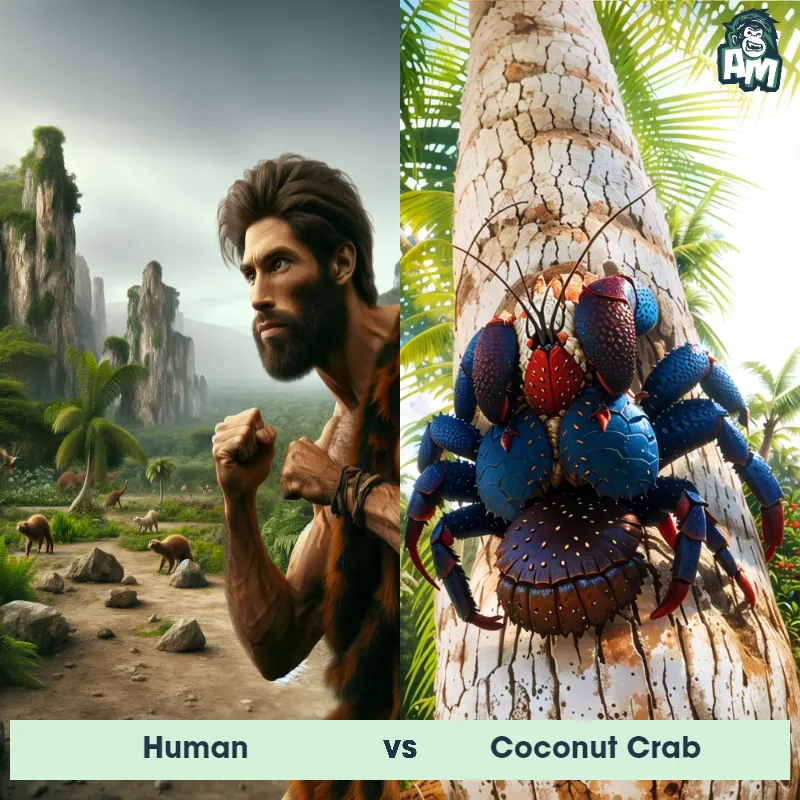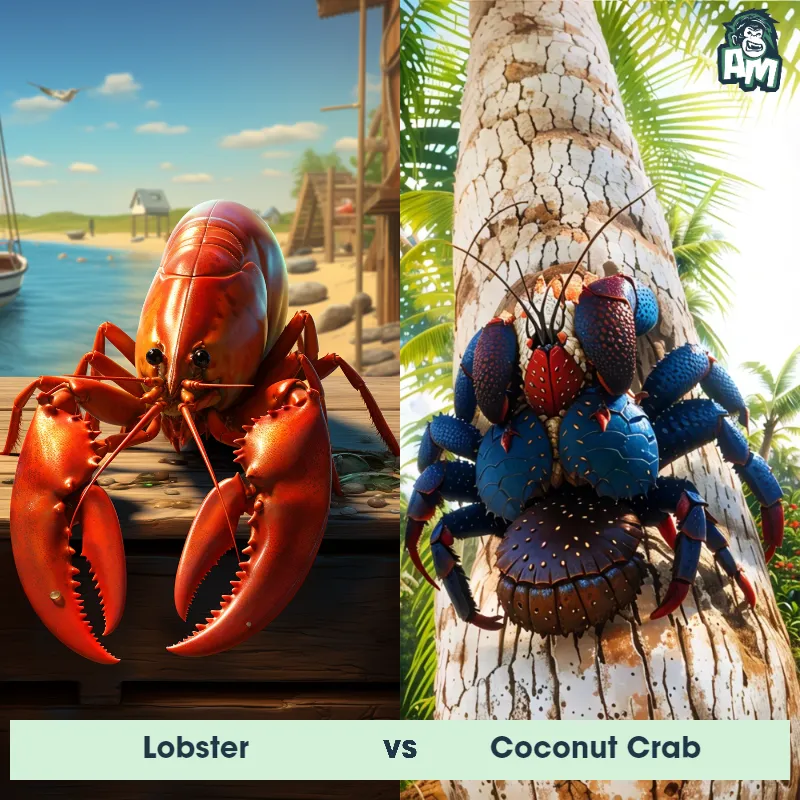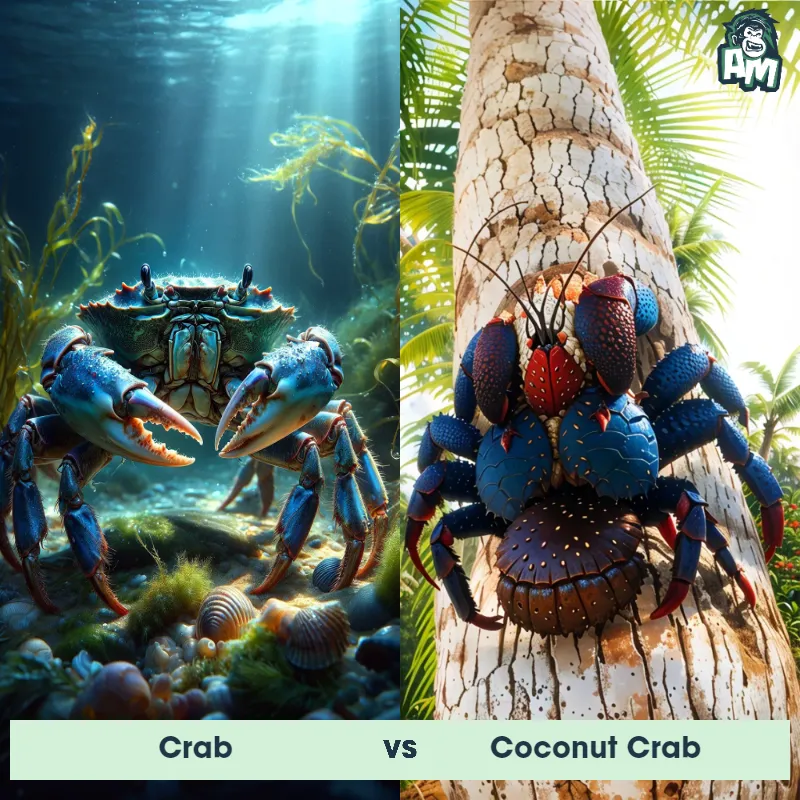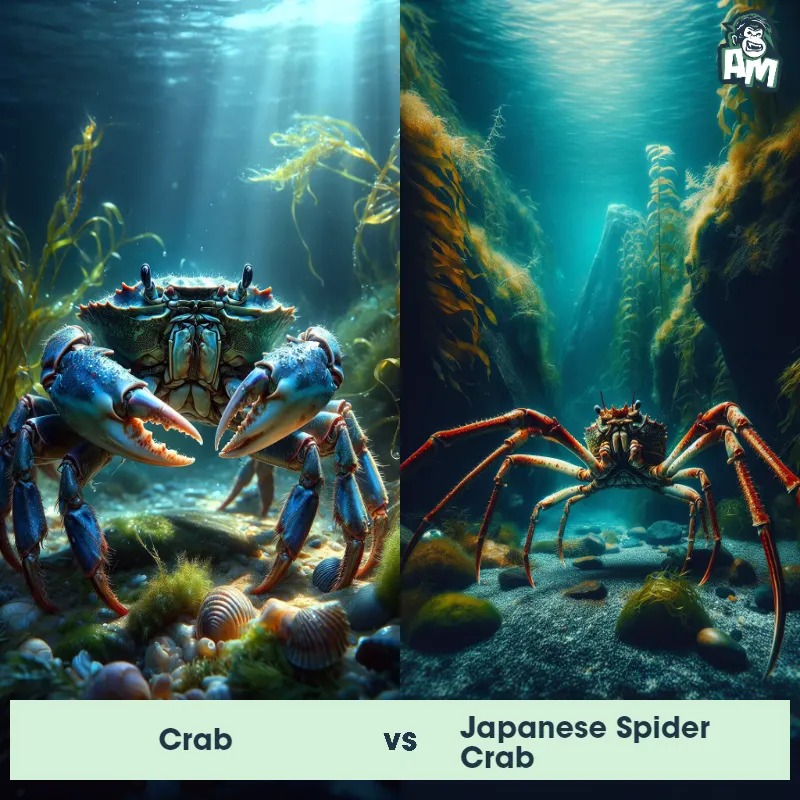Coconut Crab vs Japanese Spider CrabSee Who Wins
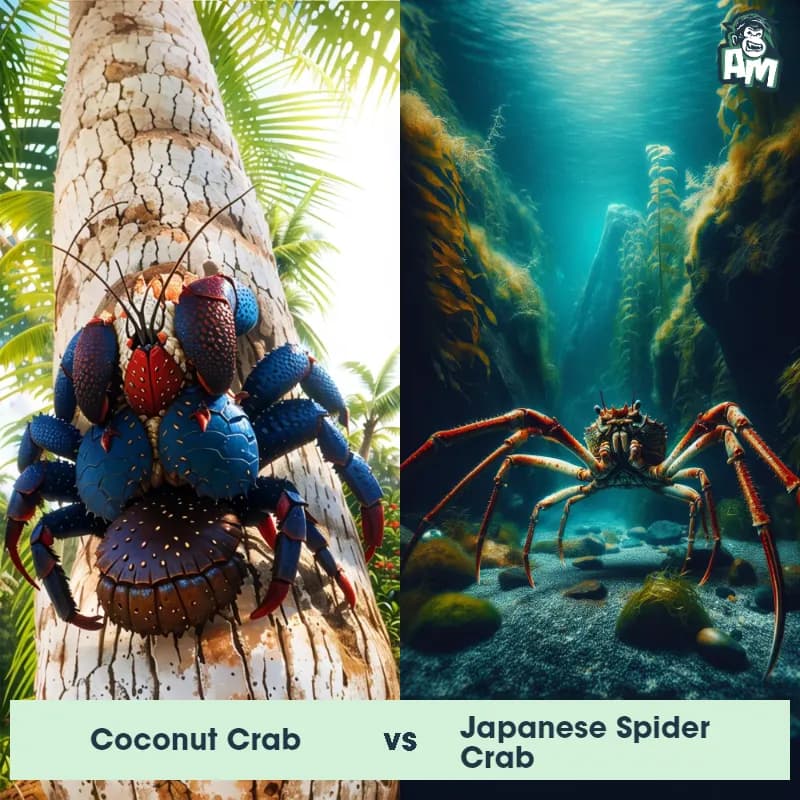
Ladies and gentlemen, welcome to this thrilling matchup between the Coconut Crab and the Japanese Spider Crab! We have two incredible contenders tonight, both known for their immense size and strength. It's going to be an epic battle between these crustaceans, so let's dive right into the action!
Contender 1: Coconut Crab
The Coconut Crab, also known as the Birgus latro, is the largest land-living arthropod in the world. These giant crabs can grow up to three feet long and weigh up to nine pounds. Their bodies are covered in a sturdy exoskeleton and their powerful claws are capable of exerting a force of over 700 pounds. Coconut crabs have a distinct reddish-brown coloration and their adults are known for their bright blue legs. They inhabit coastal regions of the Indian and Pacific Oceans, including islands such as the Seychelles and Christmas Island.
Fun Fact: Coconut Crabs have an incredibly strong sense of smell and can detect the scent of food from great distances, even up to a kilometer away.
Contender 2: Japanese Spider Crab
The Japanese Spider Crab, scientifically known as Macrocheira kaempferi, is an enormous arthropod inhabiting the Pacific waters of Japan. Known to reach staggering leg spans of up to 12 feet and weighing up to 42 pounds, this species of crab boasts an intimidating appearance. Its body is covered in a spiny exoskeleton that varies in color from a reddish-orange to a pale white, providing excellent camouflage against the ocean floor. Notable physical features include long, slender legs with sharp claws used for defense and prey capture, as well as a rounded carapace that protects its soft abdomen and organs.
Fun Fact: The Japanese Spider Crab is not only famous for its impressive size but also for its remarkable lifespan, often living for over 100 years, making it one of the longest-lived arthropods on our planet.
Matchup Stats
| Coconut Crab | Japanese Spider Crab | |
|---|---|---|
| Size | Up to 3 feet (0.9 meters) | Up to 12 feet (3.7 meters) |
| Weight | Up to 9 pounds (4 kilograms) | Up to 42 pounds (19 kilograms) |
| Speed | 1 mph (1.6 km/h) | 0.12mph (0.19km/h) |
| Key Strength | Strong claws and legs | Sharp claws |
| Biggest Weakness | None specified | Unknown |
Current Votes
Coconut Crab vs Japanese Spider Crab
See Who Wins
View More Matches
Looking For More?
Similar Matches
Scientific Stats
| Coconut Crab | Japanese Spider Crab | |
|---|---|---|
| Scientific Name | Birgus latro | Macrocheira kaempferi |
| Family | Coenobitidae | Inachidae |
| Habitat | Coastal regions | Pacific waters |
| Geography | Indian and Pacific Oceans | Japan |
| Diet | Fruits, coconuts, vegetation | Dead animals and small fish |
| Lifespan | 8 years - 40 years | 12 years - 15 years |
Key Differences between Coconut Crab and Japanese Spider Crab
- Body shape: Coconut Crabs have a more compact body shape, with a robust abdomen and shorter legs relative to their size, while Japanese Spider Crabs have a slender, elongated body with very long, slender legs.
- Coloration: Japanese Spider Crabs exhibit a reddish-orange to brownish color, which helps them blend with the rocky ocean floor, whereas Coconut Crabs have a mottled brown or purple exoskeleton, often camouflaging with their forested habitats.
- Claw structure: The most distinctive feature of the Coconut Crab is its large and powerful claws, capable of exerting significant force, while the Japanese Spider Crab has comparatively smaller, more delicate pincers.
- Habitat: Japanese Spider Crabs inhabit deep-sea environments, living in depths of up to 600 meters (2,000 ft) while Coconut Crabs are land-dwelling arthropods inhabiting tropical coastal areas such as sandy beaches and rainforests.
- Size: The Japanese Spider Crab is the largest arthropod in the world, with a leg span that can reach up to 3.7 meters (12 ft), while the Coconut Crab is significantly smaller, with a maximum leg span of around 1 meter (3 ft).
- Geographic distribution: Japanese Spider Crabs are primarily found in the Pacific Ocean near Japan, while Coconut Crabs have a more widespread distribution, being found in tropical regions of the Indian and Pacific Oceans.



